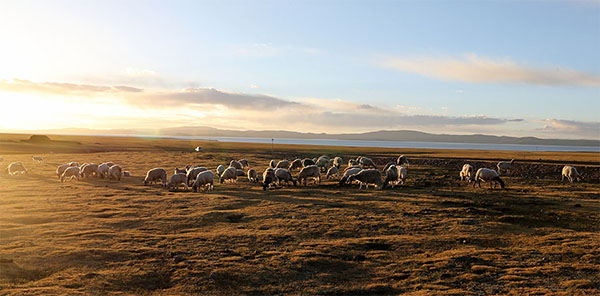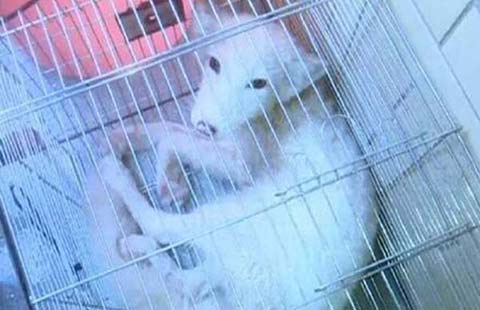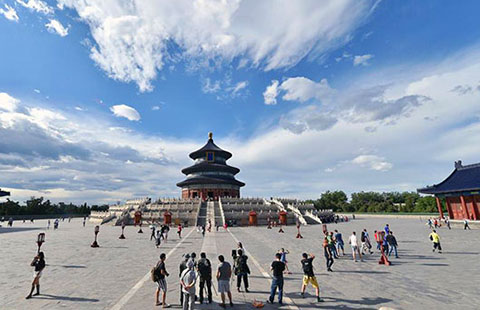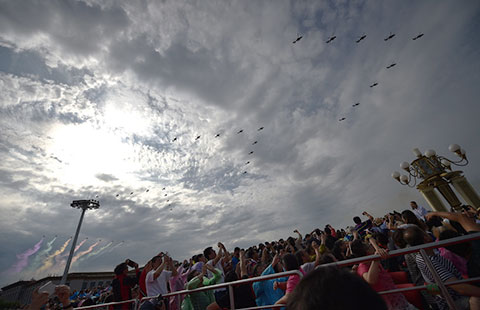China issues white paper on Tibet
(Xinhua) Updated: 2015-09-06 10:25
 |
|
A herd pictured at sunset on a grassland near Nam Co Lake, one of Tibet's holy lakes, Aug 9, 2015. [Photo by Chen Yongfu/All rights reserved to chinadaily.com.cn] |
Tibet has most large-sized wild life in China
The large and medium-sized wildlife populations of Tibet lead China as ecological environment here is well protected, according to a government white paper published Sunday.
Numbers of Tibetan antelopes have grown from 50,000 to 70,000 in 1995 to more than 200,000, and black-necked cranes from 1,000 to 3,000 in 1995 to 7,000. Numbers of such rare and endangered species as wild yaks and Tibetan wild donkeys are also steadily growing, the white paper titled "Successful Practice of Regional Ethnic Autonomy in Tibet" said.
Currently, Tibet has 47 nature reserves, which cover 412,200 sq km, or 34.35 percent of the total land area of the entire Region. It has also set up 22 ecological reserves (two at state level), four state level scenic spots, nine national forest parks, 10 national wetland parks, and four geological parks (three at state level), wherein 141 wild animal species and 38 species of wild plants are under state protection, 196 indigenous animal species, and 855 indigenous plants and important ecological systems are under effective protection.
In recent years, with the strategic objectives of building an ecological safety barrier as well as an ecologically healthy and beautiful Tibet, the regional government has drawn up systematic plans to build and protect Tibet's ecological environment.
Old Tibet is 'dark and backward'
Old Tibet was dark and backward as even in the 1950s, it was still a society ruled by feudal serfdom under theocracy, according to a white paper issued by the Chinese government Sunday.
Having existed for several centuries, this wretched system stifled human rights and destroyed human qualities, the white paper titled "Successful Practice of Regional Ethnic Autonomy in Tibet" said.
It was thus the most backward mode of human society under which the people had no democratic, economic, social, or cultural rights, and their basic human rights were not protected. Old Tibet was a far cry from modern civilization, according to the paper.
In old Tibet, the three major estate-holders and their agents accounted for only five percent of Tibet' s population, but they owned almost all of Tibet's farmland, pastures, forests, mountains, rivers, and beaches, as well as most of the livestock.
Serfs suffered three kinds of exploitations, including land rent, corvee labor - a broad term covering not only corvee, but taxes and levies, and rents for land and livestock, and usury.
Feudal serfdom under theocracy seriously obstructed social progress in Tibet. At the time of the peaceful liberation in 1951, there was almost no trace of modern industry, commerce, science and technology, education, culture, or health care, the paper said.
- Delegation salutes Tibet anniversary
- Officials are told to act as anti-graft watchdogs
- Great Wall safeguarded in united action
- Vice minister pledges more efforts to improve air quality
- Beijing’s efforts to control air pollution start to pay off
- China's military committed to reform
- Netizens rip singer over baby photos
- Central govt's growing support for Tibet
- Monument to be built on Tianjin blast site
- China and Russia seal raft of energy deals







